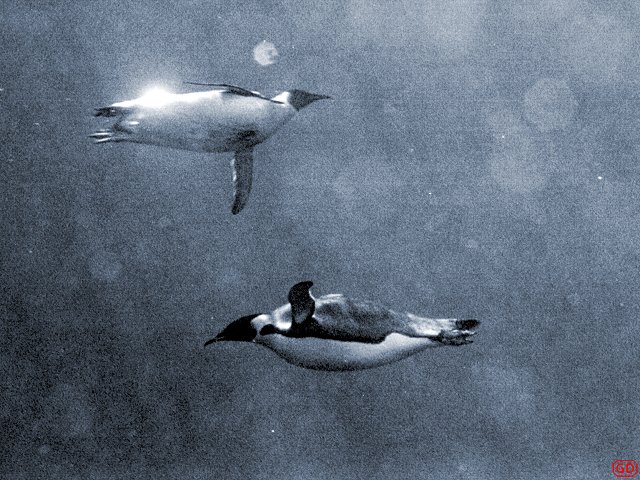New research indicates that penguins can count, or maybe subtract. Either way, they can measure energy spent in order to predict the time to stop flying.
When fishing in open water, the ten free-rangers studied, over the course of 15,978 dives stayed under for an average of 5.7 minutes. When fishing from a hole in the ice however, the three birds under study dived 495 times but stayed under much longer, which led the researchers to believe that the penguins’ decision to end their time under water wasn’t about how long they’d been under at all. This led them to consider the possibility that it was based on energy expended instead, which is how they came to start counting how many times the penguins flapped their wings to propel themselves while chasing after fish.
Turns out regardless of whether the penguins are fishing in open water, or through a hole in the ice, they flap on average 237 times before surfacing. Thus, it seems rather clear that they are basing their time spent under water on energy spent flapping, rather than on some predetermined time span; though, how they count and keep track, is still anyone’s guess.

Emperor penguins flying. Photo by Guillaume Dargaud